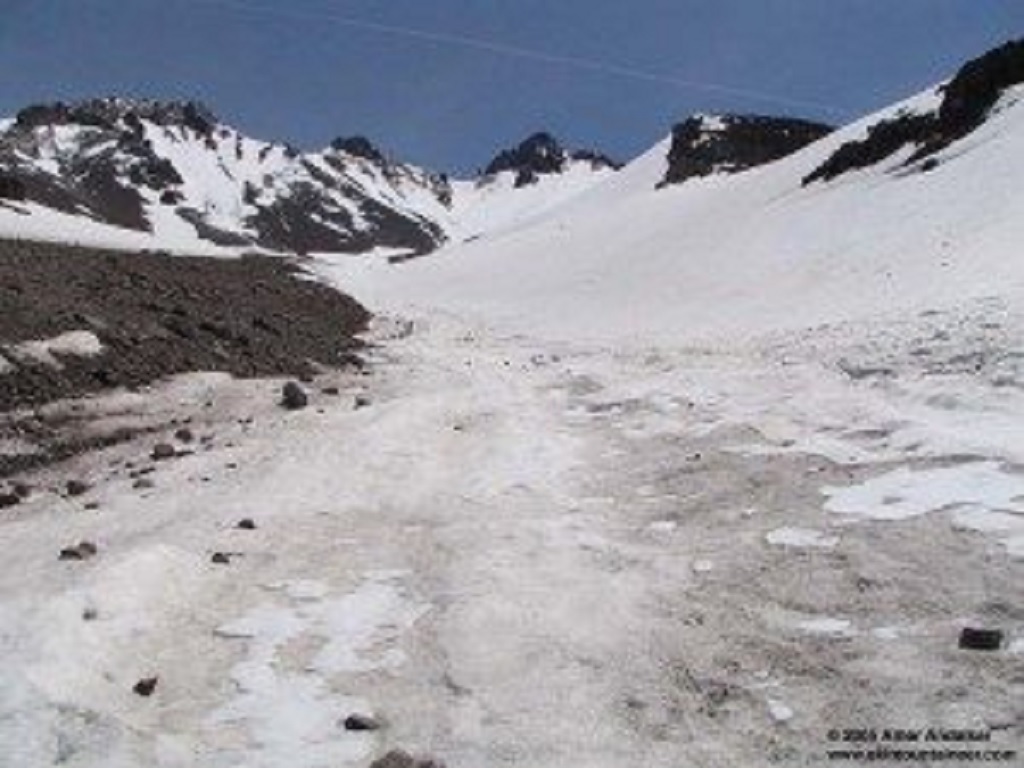
The Department of Energy’s Pacific Northwest National Laboratory finds that soot warms up the snow and the air above it by up to 1.2 degrees Fahrenheit, causing snow to melt. Soot from pollution causes winter snowpacks to warm, shrink and warm some more. The full report reveals regional changes to the snowpack caused by soot and finds doubling the dimming of the snow led to an approximate 50 percent increase in the snow surface temperature. The drop in snow accumulation, however, more than doubled in some areas.
Unfortunately for National Ski Areas Association members and service providers, the study did not address the measurement or impact of soot due to local vehicle traffic in mountain valley locations. Comparing cost impacts of local pollution levels on ski season length could help cost justify industry-wide transportation improvements.